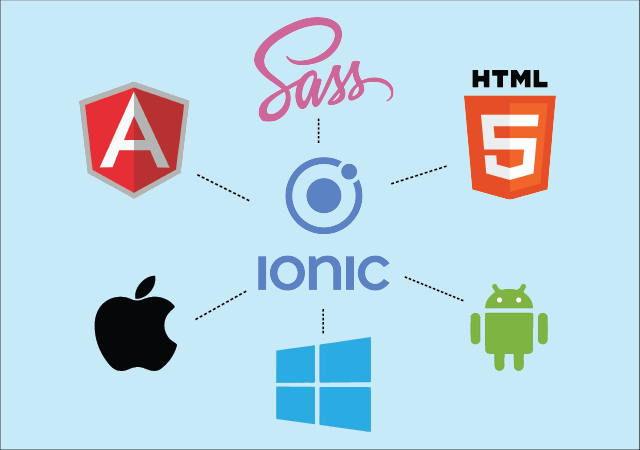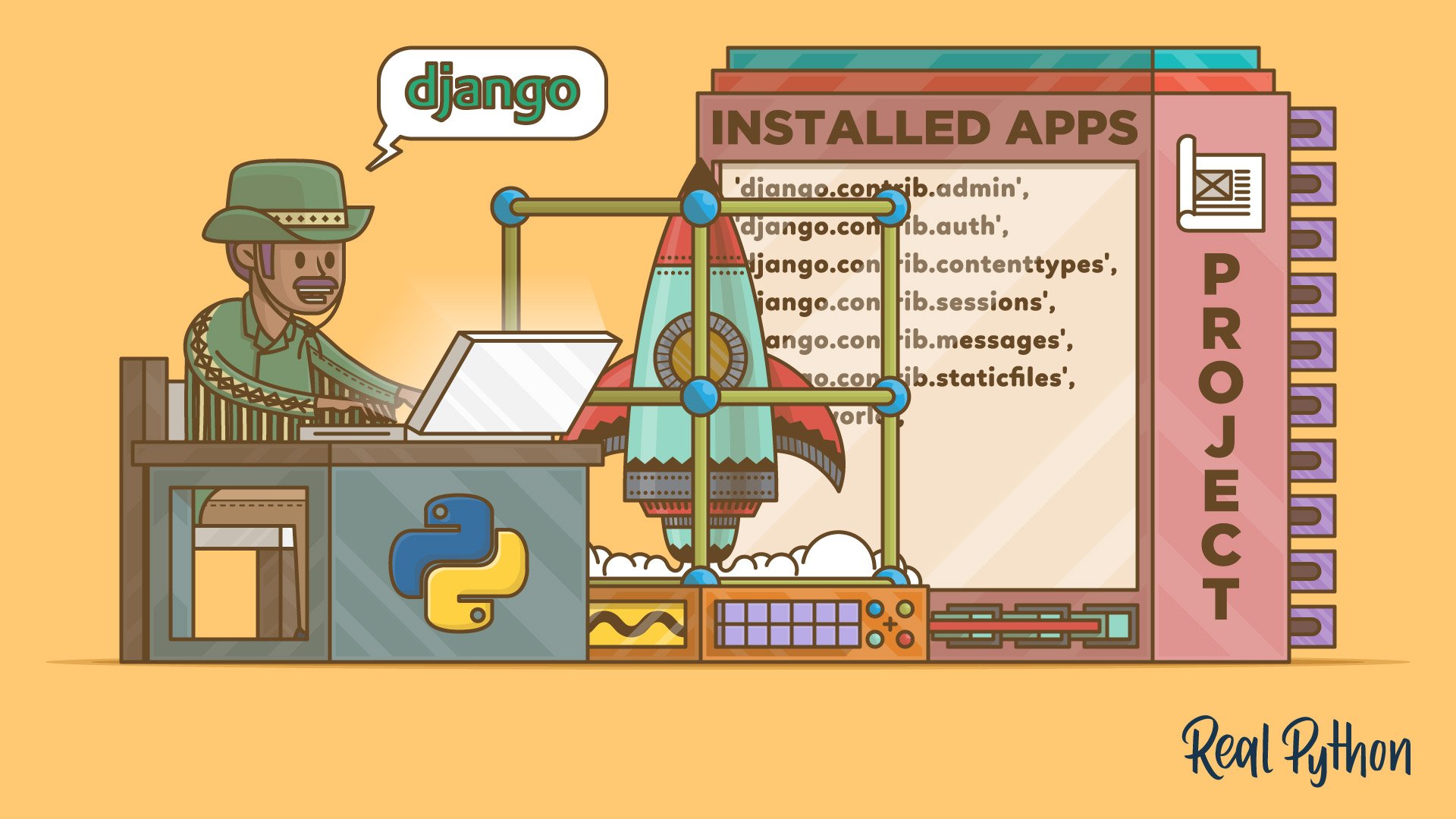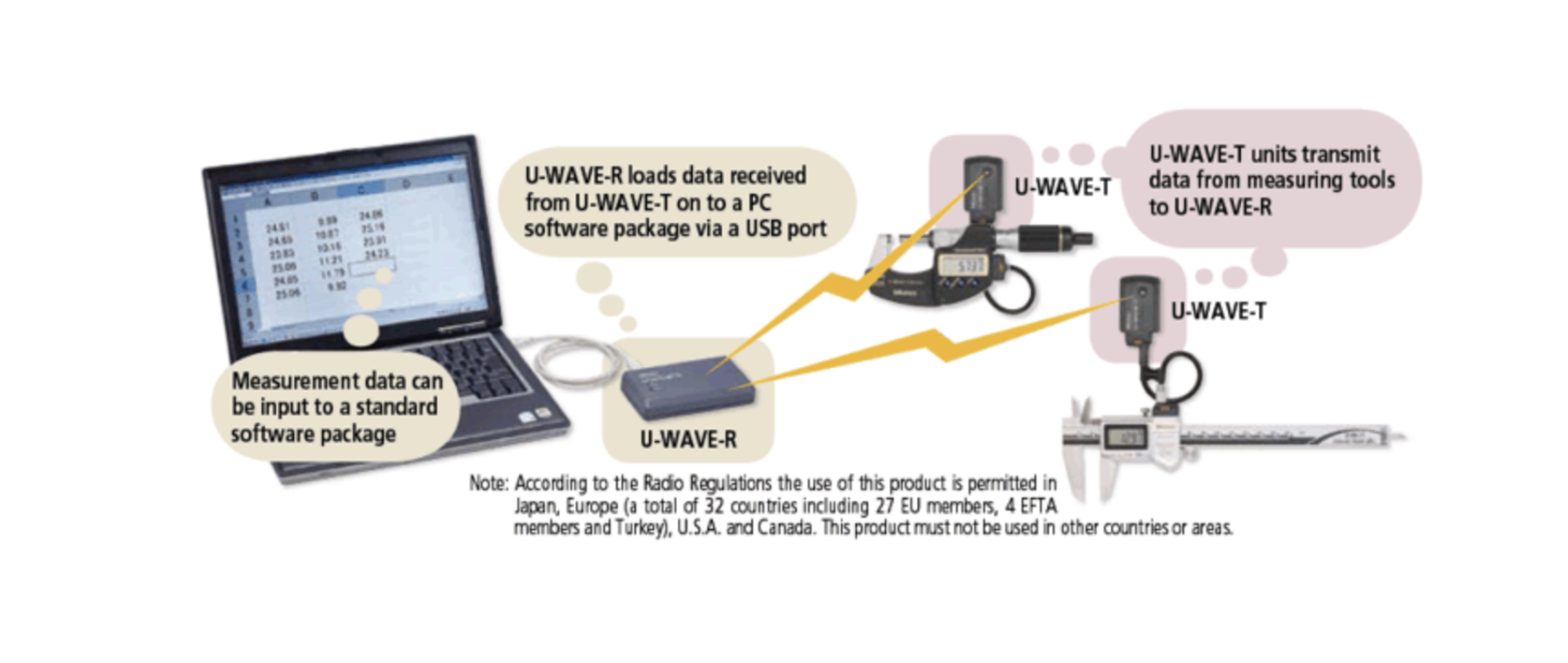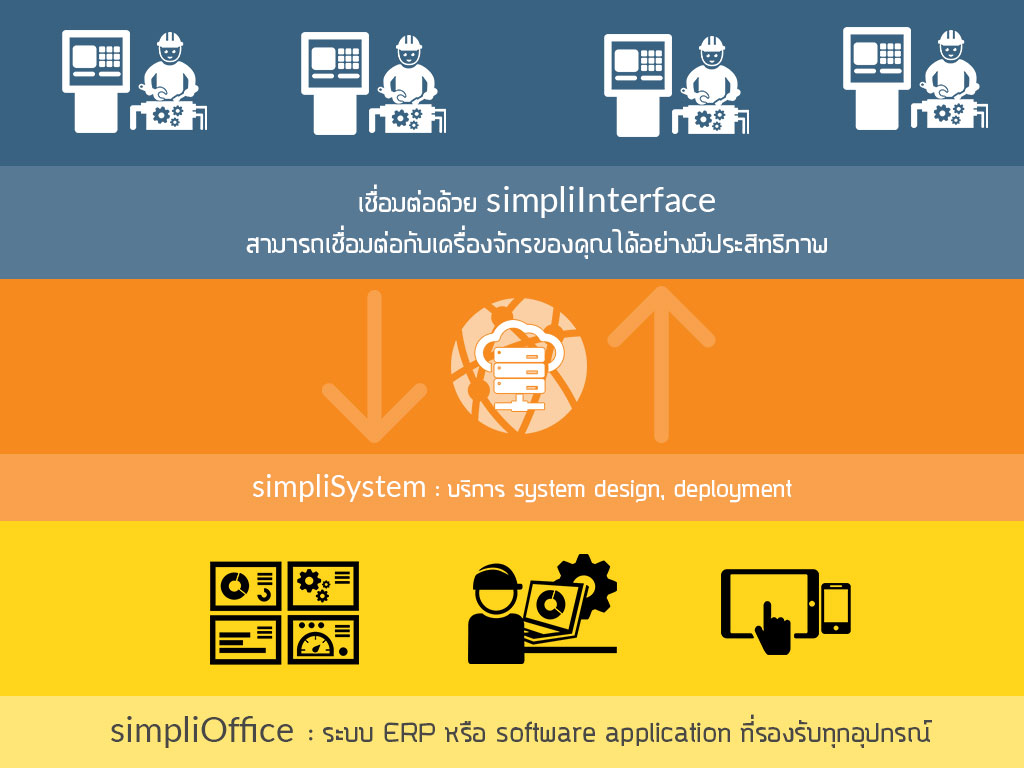การพัฒนา Plugin สำหรับ Wazuh: เพิ่มความสามารถและการใช้งานที่หลากหลาย
การพัฒนา Plugin สำหรับ Wazuh เป็นวิธีที่ดีในการเพิ่มความสามารถและการปรับแต่งระบบให้ตรงกับความต้องการเฉพาะขององค์กรของคุณ บทความนี้จะนำเสนอขั้นตอนและแนวทางในการพัฒนา Plugin สำหรับ Wazuh พร้อมกับตัวอย่างโค้ดที่ใช้ API ของ Wazuh ในการดึงข้อมูลและทำงานต่างๆ
ขั้นตอนที่ 1: การเตรียมสภาพแวดล้อมการพัฒนา
ก่อนที่คุณจะเริ่มพัฒนา Plugin สำหรับ Wazuh คุณต้องเตรียมสภาพแวดล้อมการพัฒนาให้พร้อม ซึ่งรวมถึงการติดตั้ง Wazuh และเครื่องมือต่างๆ ที่จำเป็น เช่น Python, JSON, และเครื่องมือสำหรับการพัฒนาอื่นๆ นอกจากนี้ คุณควรใช้ระบบการจัดการเวอร์ชันเช่น Git เพื่อควบคุมการเปลี่ยนแปลงของโค้ด
# ติดตั้ง Python และ Pip
sudo apt-get update
sudo apt-get install python3 python3-pip
# ติดตั้ง Git
sudo apt-get install gitขั้นตอนที่ 2: การออกแบบ Plugin
การออกแบบ Plugin เป็นขั้นตอนสำคัญที่คุณต้องกำหนดวัตถุประสงค์และความต้องการของ Plugin ว่าจะทำงานอย่างไรและมีฟังก์ชันอะไรบ้าง การออกแบบควรคำนึงถึงความสามารถในการปรับแต่งและการใช้งานร่วมกับระบบอื่นๆ
ขั้นตอนที่ 3: การพัฒนา Plugin
ในขั้นตอนนี้ เราจะสร้าง Plugin ที่ใช้ API ของ Wazuh เพื่อดึงข้อมูลเกี่ยวกับตัวแทน (agents) และแจ้งเตือน (alerts)
import requests
import json
# กำหนด URL และข้อมูลสำหรับการเชื่อมต่อกับ Wazuh API
WAZUH_API_URL = "http://localhost:55000"
USERNAME = "your_username"
PASSWORD = "your_password"
def get_wazuh_token():
url = f"{WAZUH_API_URL}/security/user/authenticate"
payload = {
"username": USERNAME,
"password": PASSWORD
}
headers = {
"Content-Type": "application/json"
}
response = requests.post(url, headers=headers, data=json.dumps(payload))
if response.status_code == 200:
return response.json()['data']['token']
else:
raise Exception(f"Authentication failed: {response.text}")
def get_agents(token):
url = f"{WAZUH_API_URL}/agents"
headers = {
"Authorization": f"Bearer {token}",
"Content-Type": "application/json"
}
response = requests.get(url, headers=headers)
if response.status_code == 200:
return response.json()['data']['affected_items']
else:
raise Exception(f"Failed to retrieve agents: {response.text}")
def get_alerts_for_agent(token, agent_id):
url = f"{WAZUH_API_URL}/alerts?agent_ids={agent_id}"
headers = {
"Authorization": f"Bearer {token}",
"Content-Type": "application/json"
}
response = requests.get(url, headers=headers)
if response.status_code == 200:
return response.json()['data']['affected_items']
else:
raise Exception(f"Failed to retrieve alerts: {response.text}")
def main():
try:
token = get_wazuh_token()
agents = get_agents(token)
print(f"Retrieved {len(agents)} agents")
for agent in agents:
print(f"Agent ID: {agent['id']}, Name: {agent['name']}")
if agents:
agent_id = agents[0]['id']
alerts = get_alerts_for_agent(token, agent_id)
print(f"Retrieved {len(alerts)} alerts for agent {agent_id}")
for alert in alerts:
print(f"Alert ID: {alert['id']}, Description: {alert['description']}")
except Exception as e:
print(f"Error: {e}")
if __name__ == "__main__":
main()ขั้นตอนที่ 4: การทดสอบและการตรวจสอบคุณภาพ
หลังจากพัฒนา Plugin เสร็จแล้ว คุณต้องทำการทดสอบเพื่อให้แน่ใจว่า Plugin ทำงานได้ตามที่คาดหวัง การทดสอบควรครอบคลุมทั้งการทดสอบหน่วยและการทดสอบการทำงานร่วมกับ Wazuh นอกจากนี้ คุณควรตรวจสอบประสิทธิภาพของ Plugin เพื่อให้แน่ใจว่าไม่ทำให้ระบบทำงานช้าลง
ขั้นตอนที่ 5: การติดตั้งและการเผยแพร่
หลังจากทดสอบและตรวจสอบคุณภาพแล้ว คุณสามารถติดตั้ง Plugin ในระบบของคุณและเผยแพร่ให้ผู้ใช้งานอื่นๆ ได้ การเผยแพร่ควรมีเอกสารประกอบที่ชัดเจนเพื่อช่วยให้ผู้ใช้งานสามารถติดตั้งและใช้งาน Plugin ได้อย่างง่ายดาย
# การติดตั้ง Plugin
pip install requests
# การเผยแพร่ Plugin บน GitHub
git init
git add .
git commit -m "Initial commit"
git remote add origin https://github.com/username/wazuh-plugin.git
git push -u origin masterขั้นตอนที่ 6: การบำรุงรักษาและการปรับปรุง
หลังจากที่ Plugin ถูกติดตั้งและใช้งานแล้ว คุณต้องทำการบำรุงรักษาและปรับปรุง Plugin อย่างต่อเนื่อง การฟังความคิดเห็นจากผู้ใช้งานและการติดตามการเปลี่ยนแปลงใน Wazuh เป็นสิ่งสำคัญเพื่อให้ Plugin ยังคงมีประสิทธิภาพและตอบสนองความต้องการของผู้ใช้งาน
การพัฒนา Plugin สำหรับ Wazuh เป็นวิธีที่ดีในการเพิ่มความสามารถและปรับแต่งระบบให้ตรงกับความต้องการของคุณ ด้วยขั้นตอนและแนวทางที่ถูกต้อง คุณสามารถสร้าง Plugin ที่มีประสิทธิภาพและช่วยเพิ่มความปลอดภัยให้กับระบบของคุณได้
Get in Touch with us
Related Posts
- 为什么中小企业在 ERP 定制上花费过高?— 深度解析与解决方案
- Why SMEs Overpay for ERP Customization — And How to Prevent It
- 为什么我们打造 SimpliShop —— 为中国企业提供可扩展、可集成、可定制的电商系统
- Why SimpliShop Was Built — And How It Helps Businesses Grow Faster Worldwide
- Fine-Tuning 与 Prompt Engineering 有什么区别? —— 给中国企业的 AI 应用实战指南
- Fine-Tuning vs Prompt Engineering Explained
- 精准灌溉(Precision Irrigation)入门
- Introduction to Precision Irrigation
- 物联网传感器并不是智慧农业的核心——真正的挑战是“数据整合
- IoT Sensors Are Overrated — Data Integration Is the Real Challenge
- React / React Native 移动应用开发服务提案书(面向中国市场)
- Mobile App Development Using React & React Native
- 面向中国市场的 AI 垂直整合(AI Vertical Integration):帮助企业全面升级为高效率、数据驱动的智能组织
- AI Vertical Integration for Organizations
- 中国企业:2025 年 AI 落地的分步骤实用指南
- How Organizations Can Adopt AI Step-by-Step — Practical Guide for 2025
- 为什么中国企业正在加速采用「AI驱动的EV车队管理系统」
- EV Fleet Management SaaS with AI Optimization: The New Operating System for Modern Fleet Businesses
- 正在改变中国制造业的 7 大机器学习(Machine Learning)系统应用场景
- 7 Real-World Machine Learning System Use Cases Transforming Businesses & Factories














